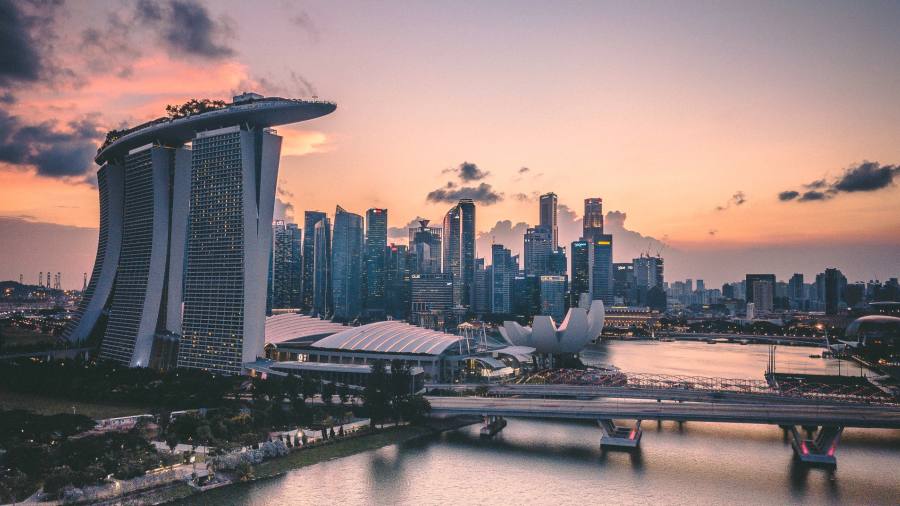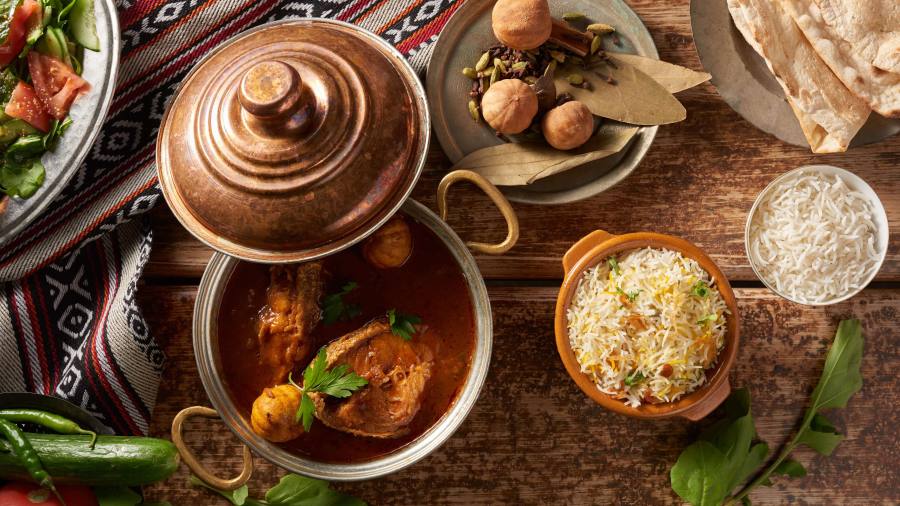South America Gastronomy Cities
Bogota Gastronomy City
At 2,640 meters above sea level in the Andes, Bogota stands as Colombia's lively capital and biggest urban center. This vast city of over 7 million residents buzzes with activity, from its historic core to its modern business areas.
Bogota's chilly mountain environment and rich cultural background create a one-of-a-kind city atmosphere. The urban landscape smoothly combines old-world structures with modern art and design, while verdant parks offer green retreats amid the busy thoroughfares.
- Bogota's food landscape combines traditional Colombian tastes with global inspirations
- The city's high elevation shapes its distinctive cuisine and eating habits
- From quick bites to upscale dining, Bogota provides varied and cost-effective food options
Why is Bogota's food worth talking about
Bogota's culinary offerings mirror Colombia's varied food traditions and plentiful natural resources. The city's high-altitude spot gives its food a unique character, with filling soups and stews to combat cool evenings.
Quick bites from vendors rule here, with tasty snacks available on almost every street. You'll also spot high-end eateries pushing culinary limits with inventive spins on Colombian staples.
One great way to experience Bogota's food culture is by checking out its lively markets. The enormous Paloquemao Market is a sensory overload, brimming with unusual fruits, veggies, meats, and ready-to-eat foods.
Which foods should I try in Bogota
When visiting Bogota, you should sample some of the city's signature dishes. Here are a few must-try items:
- Ajiaco: This satisfying chicken and potato soup is the ultimate comfort food. It's prepared with three potato varieties and comes with corn, capers, and cream.
- Bandeja Paisa: A huge plate filled with beans, rice, ground beef, chorizo, fried egg, plantain, and an arepa. It's a true feast!
- Chocolate Santafereño: Hot chocolate served with cheese for dipping. It may sound strange but tastes fantastic.
- Arepas: These grilled corn cakes come in many types and are eaten throughout the day.
Don't forget to pair your meal with some Colombian coffee. Bogota has a thriving café scene, with numerous spots to enjoy world-class brews.
Where can I find good street food
Bogota's streets are a food enthusiast's dream. For the best quick eats, check out these areas:
- La Candelaria: The old town is full of food carts selling everything from empanadas to obleas (thin wafers with sweet fillings).
- Chapinero: This hip area has a mix of traditional street food and more contemporary food truck offerings.
- Usaquén: On Sundays, this neighborhood hosts a great flea market with many food vendors.
Some street food favorites to sample:
* Lechona: Stuffed roast pig
* Empanadas: Fried pastries with various fillings
* Buñuelos: Cheese fritters
* Jugos naturales: Fresh fruit juices
Remember, street food is typically very affordable, so feel free to try a variety of options!
Are there any top-tier restaurants worth the extra cost
While Bogota is great for budget-friendly eating, it also boasts some excellent restaurants if you're willing to spend more. Here are a few top choices:
- Leo: Chef Leonor Espinosa showcases Colombia's natural diversity with creative tasting menus.
- El Cielo: Known for its multi-sensory dining experience and molecular gastronomy methods.
- Criterion: French-inspired cuisine with a Colombian twist, run by the well-known Rausch brothers.
These restaurants offer tasting menus that allow you to try a wide range of flavors and techniques. Booking in advance is usually necessary, so plan accordingly.
What about plant-based food options
Bogota has seen an increase in plant-based eating recently. While traditional Colombian food can be meat-heavy, you'll find plenty of veggie-friendly choices:
- Quinua y Amaranto: A cozy place serving up inventive vegetarian and vegan dishes.
- Caballete & Berenjena: Provides a mix of vegetarian and meat dishes, with many vegan options.
- Suna: A fully vegan restaurant with a varied menu including Colombian-inspired dishes.
Many traditional dishes can also be easily modified for vegetarians. Ajiaco is often available in a vegetarian version, and arepas can be filled with veggies and beans instead of meat.
Tell me about Colombian coffee
Colombia is globally recognized for its coffee, and Bogota is an ideal place to enjoy the country's caffeine culture. The city has experienced a rise in specialty coffee shops in recent years.
Some top places to get your coffee fix:
- Amor Perfecto: Serves coffee from their own farm and roastery.
- Azahar Coffee: Provides tastings and brewing workshops.
- Café Cultor: Focuses on sustainable, direct-trade coffee.
For a truly local experience, try tinto - a small cup of black coffee often sold by street vendors. It's a quick, inexpensive way to get a caffeine boost on the go.
Are there any food-related activities or tours available
To really get into Bogota's food scene, think about joining a guided tour or cooking class. Here are some options:
- Bogota Foodie: Provides various food tours, including a street food tour and a coffee experience.
- La Mesa Food Tours: Takes you through local markets and restaurants in different neighborhoods.
- Colombian Cooking Classes: Learn to make traditional dishes like arepas and patacones.
These experiences often include market visits, tastings, and information about Colombian food culture and history.
How much should I plan to spend on food
Bogota can be quite reasonable for food, especially if you're eating at local spots and street vendors. Here's a rough guide:
| Meal Type | Budget (USD) |
| Street food | $2-5 |
| Local restaurant | $5-10 |
| Mid-range restaurant | $10-20 |
| High-end restaurant | $50+ |
Remember, portions are often large, so you might be able to share dishes to save money. Also, many restaurants offer set lunch menus (menu del día) which are great value.
Any food safety advice to keep in mind
While Bogota's food scene is generally safe, it's always good to take some precautions:
- Use bottled water and avoid ice in drinks.
- Pick busy street food stalls where food is cooked fresh.
- Be careful with raw foods, especially in less touristy areas.
- Wash your hands often or carry hand sanitizer.
Don't let worry stop you though - trying local food is one of the best parts of traveling!
FAQ
When do people usually eat in Bogota?
Bogotanos typically have lunch between 12-2 PM, which is often the main meal of the day. Dinner is usually eaten later, around 7-9 PM. Many restaurants offer a menu del día (set lunch menu) which is a great value option.
Is tipping common in Bogota restaurants?
Tipping isn't as ingrained in the culture as in some countries, but it's becoming more frequent. In mid-range to upscale restaurants, a 10% service charge is often included in the bill. If not, tipping 10% for good service is appreciated.
Is it safe to drink tap water in Bogota?
While Bogota's tap water is generally considered safe to drink, many visitors prefer to stick to bottled water to avoid any potential stomach issues. This is especially true if you're only in the city for a short time.












 Gastronomy Cities
Gastronomy Cities
 Amazing Food
Amazing Food
 Chef's Talk
Chef's Talk